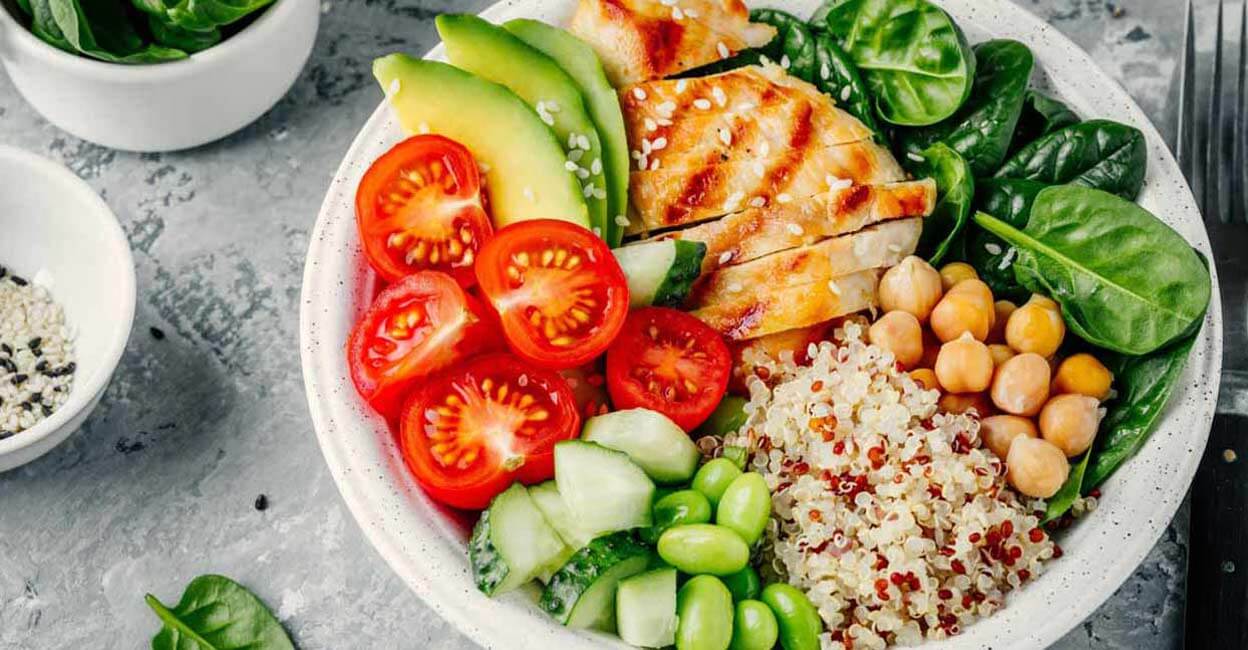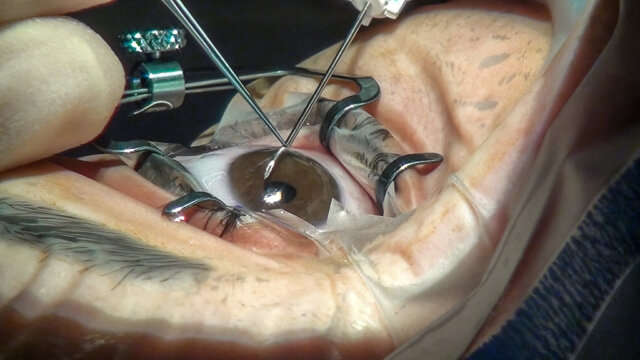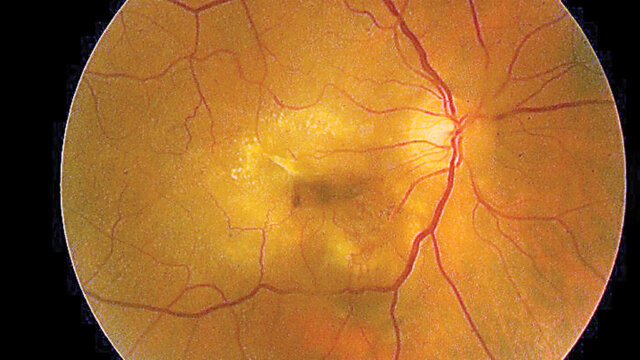FTC disclaimer: This post may contains affiliate links and we will be compensated if you click on a link and make a purchase.
Healthy eating is an integral part of a healthy lifestyle. The food we put into our bodies is the energy source on which we live and survive.
Combined with regular exercise and a relatively low-stress environment, we can hope to be healthy and happy as possible.
Evidence-based studies and clinical trials have indicated that a healthy balanced diet reduces the risk of Non-Communicable Diseases (NCDs) ranging from cardiovascular disease to cancer.
A healthy balanced diet is the foundation of a healthy lifestyle.
Balanced proportions of fruit and vegetables, starchy foods such as potatoes and pasta, proteins such as meats, beans, fish and eggs, milk and dairy products, and in the smallest proportion – foods and drinks high in fat/sugar or both.
A Balanced Diet should consist of the following:
- Fruit and Vegetables (at least 30-40% of your balanced diet)
- Carbs and Starchy Foods such as bread, rice, potatoes, and pasta (about 30% of your balanced diet)
- Proteins such as meat, fish, eggs, and beans (about 20% of your balanced diet)
- Milk and Dairy Foods (about 20% of your balanced diet)
- Fatty and Sugary foods/drinks (less than 10% of your balanced diet)
Remember, naughty treats and indulgences can be part of a healthy balanced diet when enjoyed in moderation.
Fruit and Vegetables – Eat Plenty!
The World Health Organization (WHO) and Food and Agriculture of the United Nations (FAO) studies have stated that we should aim to eat at least five servings of fruit and vegetables per day.
It would help if you aimed to eat at least five portions of fruit and veg every day to achieve your “5 a day” – remember, vegetables come in many shapes, sizes, and forms.
They could be fresh fruit or vegetables, tinned vegetables (such as Kidney Beans or Chopped Tomatoes), Frozen veg (such as Frozen peas or sweetcorn)
Why is it important to each fruit and vegetable every day?
Fruit and Vegetables are packed full of vitamins, minerals, and nutrients.
Not only are vegetables low in fat, especially saturated fats, but according to several research studies, they will also help reduce your risk of developing chronic heart diseases and some cancers.
Moreover, studies have shown that superfoods such as blueberries, garlic, chili, and ginger are even more effective at boosting your immune system and preventing illnesses.
What counts as one of your five a day?
There is a technical explanation for this, but it’s easier to think of it as hand-sized portions – e.g., a whole banana, apple, orange, half a small melon, a handful of strawberries, etc.
Also, a glass or cup full of fruit juices is about one portion.
Tips for squeezing five portions into your daily diet:
- Have fruit juice with your breakfast
- Have fruits as a snack during the day
- Add fruit on top of cereals; a banana is delicious when added to Weetabix or bran flakes.
- Try to have two types of vegetables with your main meals instead of one
Carbs and Starchy Foods – Aim for about 1/3 of your meal or overall healthy balanced diet
There are a lot of low-carb diets there on the market which claim to remove the ’stodge’ in our diets to help us lose weight.
Several studies have shown that carbs and starchy foods are an excellent source of energy and provide our bodies with a large proportion of the essential nutrients our bodies need as part of everyday life.
Evidence-based studies have shown that starch provides an excellent source of slow-release energy, ideal for sustaining energy levels throughout the day.
Many low-carb diets have focused upon carbs and starchy foods as the primary source for losing weight because carbs and starchy foods are great, although excess carbs that we do not burn may turn into fat.
Moreover, a study has supported that when the glycogen stores are saturated, then excess intake of carbs is stored as fat.
However, studies suggest that prolonged excess carbs intake can lead to obesity and other diseases.
This is why it is crucial to aim for “60 active minutes” per day to help make sure we use carbs and starchy foods for what they are designed for – to give us energy!
Moreover, removing carbs entirely is bad for our health in the long term as our bodies could be missing out on essential nutrients to keep healthy and happy.
Mainly when these diets include high-fat contents for the long term may increase the chances of chronic diseases, as per studies.
So, in a nutshell, carbs should make up about one-third of your diet, and try to be as active as possible to prevent excess carb stores from turning into fat stores.
Sources of Carbs and Starchy Foods:
- Potatoes and Sweet Potatoes (try not to deep fry them oven-roasted chips taste just as good as a deep-fried chip, at a fraction of the fat content!)
- Wholegrain cereals
- Beans, lentils, peas, couscous, maize, and cornmeal.
- Rice, ideally brown or wholegrain rice
- Bread – It will be healthier only if you get wholemeal, wholegrain, or brown bread (which contains more fiber) without preservatives and adulteration.
A variety of starchy foods is always better than eating just one type, as this will provide a range of nutrients and fibers.
Diary Products
Milk, cheese, and yogurts are all types of dairy products and are essential sources of proteins, vitamins, and calcium.
It can help to maintain a healthy and balanced diet. The flip side to many dairy products is the levels of fat content, which vary significantly between the different types of dairy products.
Cheese has the highest fat content of dairy products. However, it is important to stress that you do not have to remove the cheese from your healthy balanced diet.
Instead, try eating half-fat cheese or smaller portions of your favorite cheeses. Some cheeses are naturally healthier than feta cheese, Quark, and reduced-fat cottage cheese.
Milk is generally low in fat unless you have full-fat milk. It is highly recommended that you go for semi-skimmed milk at least, with skimmed milk being even healthier.
Butter and cream are high in fats, so it is best to keep your intake of these to a minimum; good alternatives are low-fat spreads, some of which can help lower cholesterol and provide omega 3, 6, and 9 fatty acids.
Also, try to ensure that you choose unsalted butter as this may help to reduce your daily intake of salt (less than 6g of salt a day for adults)
Quick tips:
Dairy foods are vital for pregnant mothers as the calcium in dairy foods is very important in helping to develop the unborn baby’s bones.
Milk and Dairy foods are a great source of energy, calcium, protein, and vitamins for children – mainly to help them develop healthy bones and teeth.
Pasteurization is the process of heating diary products to kill harmful bacteria. It is not recommended to drink unpasteurized milk due to the potentially damaging health effects of the harmful bacteria.
Protein and Meats
Meat is an excellent source of protein vitamins such as iron, zinc, and B12 to contribute to your healthy, balanced diet.
Unfortunately, some forms of meat are high in saturated fats.
You can help to reduce the amount of fat in meats by grilling instead of frying and try to choose leaner meats with less visible white fats (e.g., choose bacon with less white fat)
Proteins
Turkey, Chicken (free range), and pork are generally lower in fat than Sausages, beef burgers, beef, and lamb mince.
To make it even healthier, try eating skinless chicken and turkey and trimming any fat from the pork.
Salami, pâté, sausages, and burgers are usually high in fat and salt, so check the label and eat these sparingly.
Also, try to avoid meats in pastry such as sausage rolls, mince pies, pasties, etc.
Studies have revealed that highly processed meats are filled with additives and preservatives, and it is recommended to avoid highly processed foods in your balanced diet.
Moreover, studies suggest that fried protein foods lose their nutrient, antioxidants, and fatty acids.
Further, another study reveals that regular consumption of fried foods can cause cardiovascular diseases and cancer.
If you choose to fry your foods, try using less oil and stir-fry. Also, make sure that the oil is a healthier option, such as rapeseed oil or olive oil, instead of vegetable oil or sunflower oil.
Cooking Meats
It is crucial to make sure that meats are properly cooked to ensure that any harmful bacteria have been killed.
You need to ensure that the following meats are cooked through until piping hot, and the juices are clear (e.g., not red and bloody)
Chicken, turkey, duck, goose, burgers, sausages, kebabs, and rolled joints. – Must be cooked until piping hot in the middle (above 65 degrees centigrade)
It is safe to eat whole joins of meat that are still pink in the middle, so long as the outside of the joint is sealed. This is because most of the harmful bacteria in the joints of meats are found on the surface of the meat.
- Storing meat – Meat should be stored properly to prevent the risk of food poisoning. Sealed containers are especially useful for this.
- Freezing meat – You can freeze raw meat before its use-by date.
Please make sure any thawed-out meat is cooked until it is piping hot through, as the defrosting process can allow bacteria to spread in the food.
It is crucial never to reheat frozen foods more than once, as this can allow the growth of harmful bacteria.
Fats and Fatty Foods
Fats and Sugars
There are many fats in foods; some are good fats, and some are bad fats.
The main types of fats are:
- Saturated fats (Good or bad depending on food sources)
- Unsaturated (Good or bad depending on food sources and quantity).
Eating too many saturated fats (mainly from processed foods) can increase your cholesterol levels and risk of heart disease.
Further, several studies have illustrated that amount of fat is not important, but the type of foods supplying those nutrients is important.
Also, a study has indicated that saturated fat or unsaturated fat derived from processed foods or ultra-processed foods are considered harmful and contribute to a greater risk of cardiovascular diseases and cancers.
To reduce your saturated fat intake, avoid foods such as processed meat, pastries, processed cheese, cakes, biscuits, chocolate, crisps, and any packed foods – as generally, these foods contain higher levels of saturated fats.
The average male adult should have no more than 30g of saturated fat per day; it’s 20g for a female adult and children is varies depending on age.
What is fatty food?
Anything with more than 5g of saturated fat per 100g of product. Anything below 1.5g of saturated fat per 100g is considered low.
Tips to reduce fat intake:
- Try semi-skimmed or skimmed milk instead of full-fat milk
- You can try low-fat yogurts and half-fat cheeses – they taste just as good!
- Try grating cheese instead of slicing; this can help you eat less.
- Trim any visible white fats from cuts of meat, and use leaner mincemeat
- Remove the skin from Chicken and Turkey
- Eat less or avoid Pastry and Pies (Any bakery foods)
- Cook with unsaturated oils such as sunflower oil, rapeseed, avocado oil, and olive oil
- Choose healthier snacks, such as low-fat crisps, biscuits, or fruit, instead of chocolate and fatty treats.








